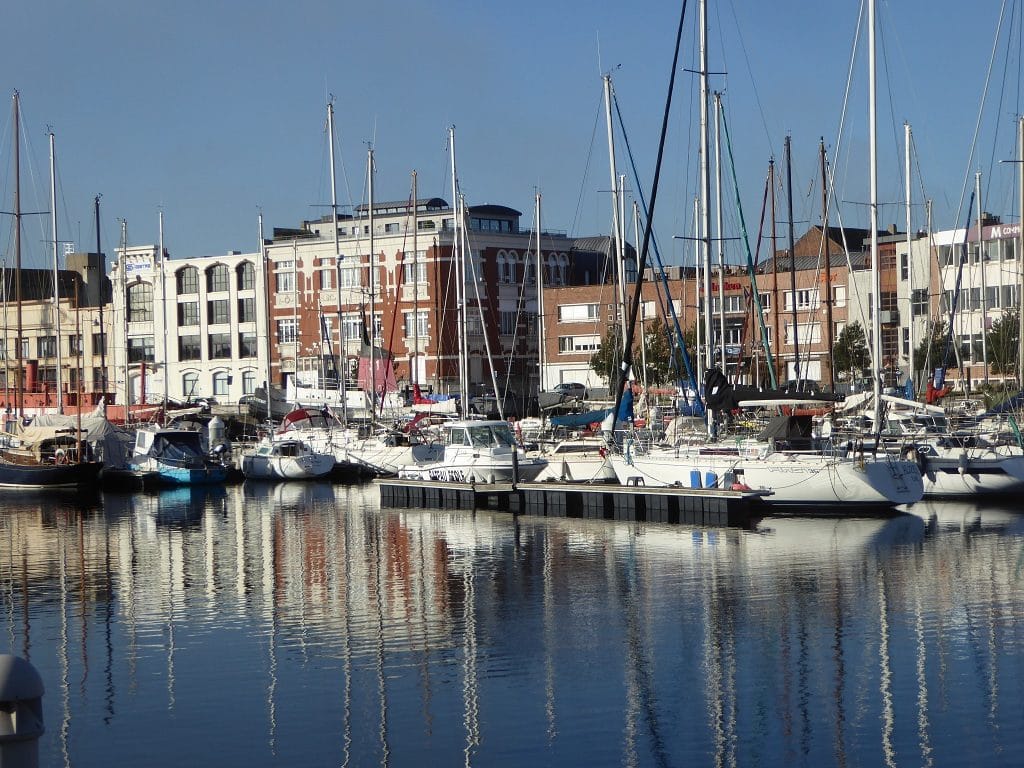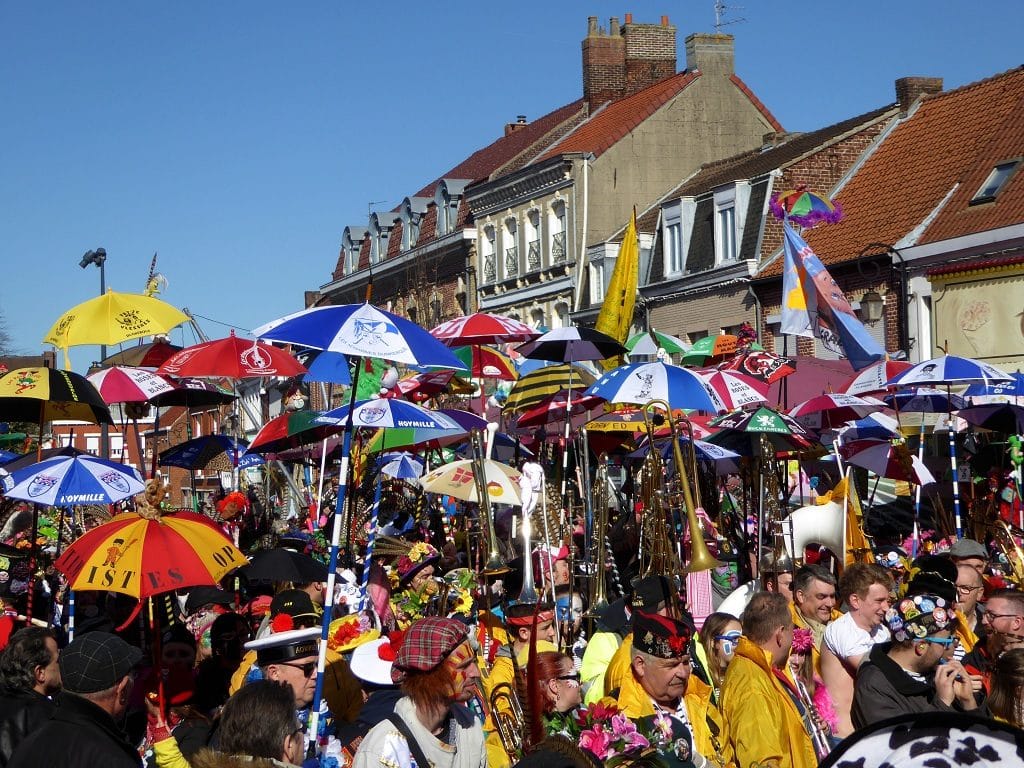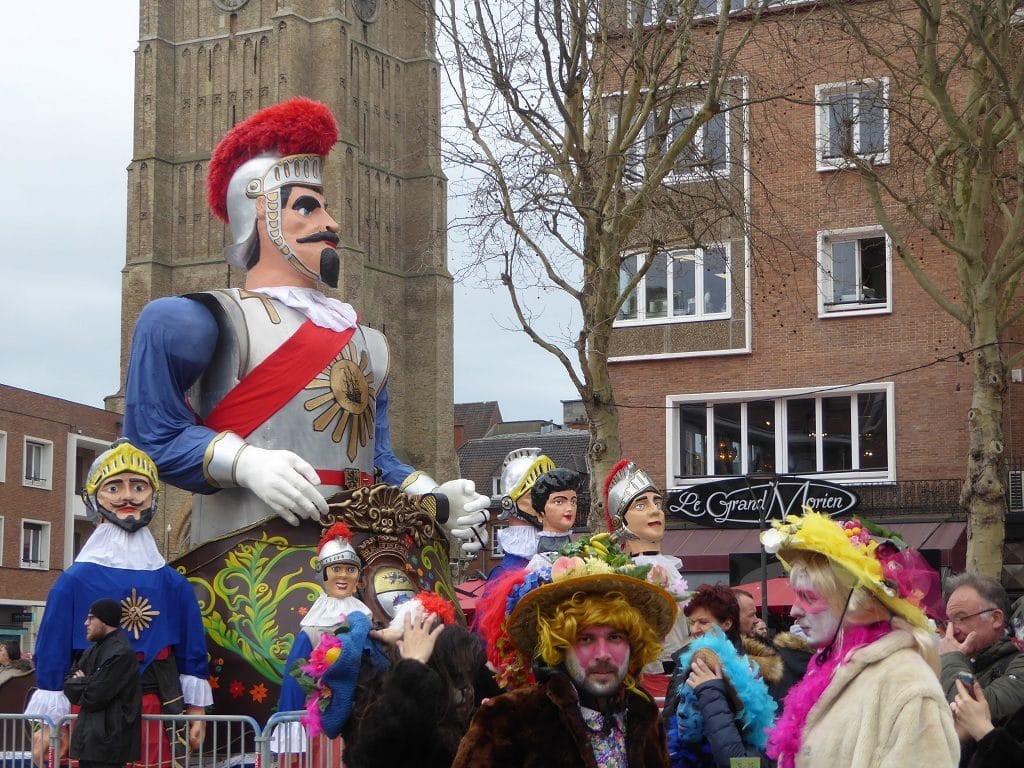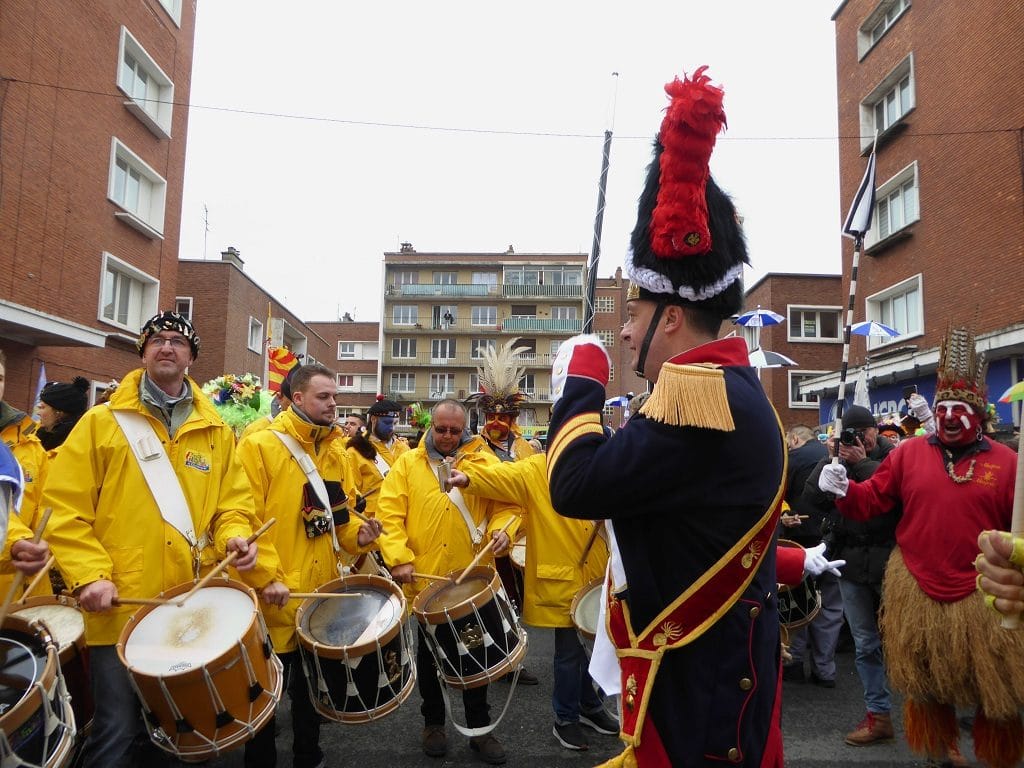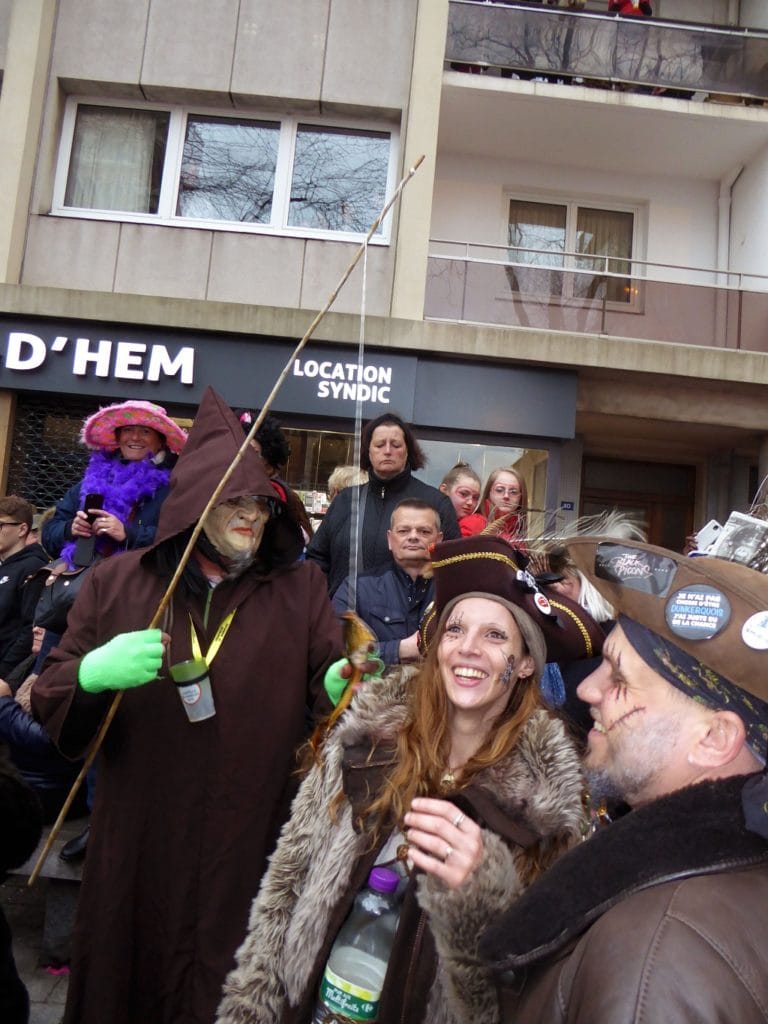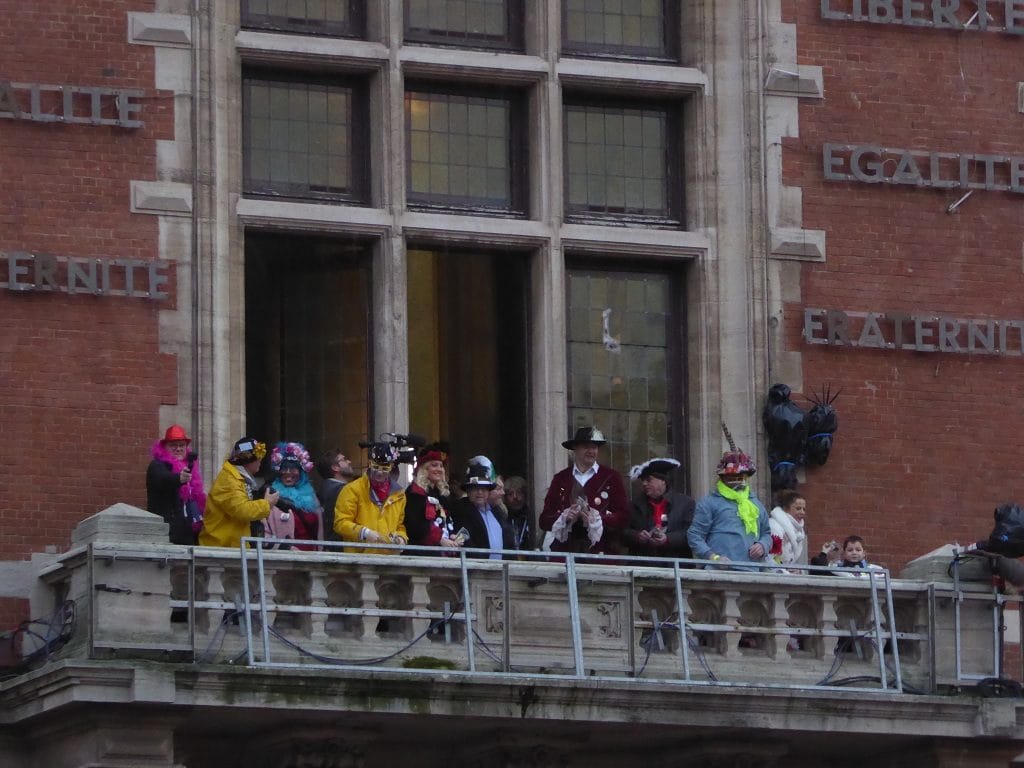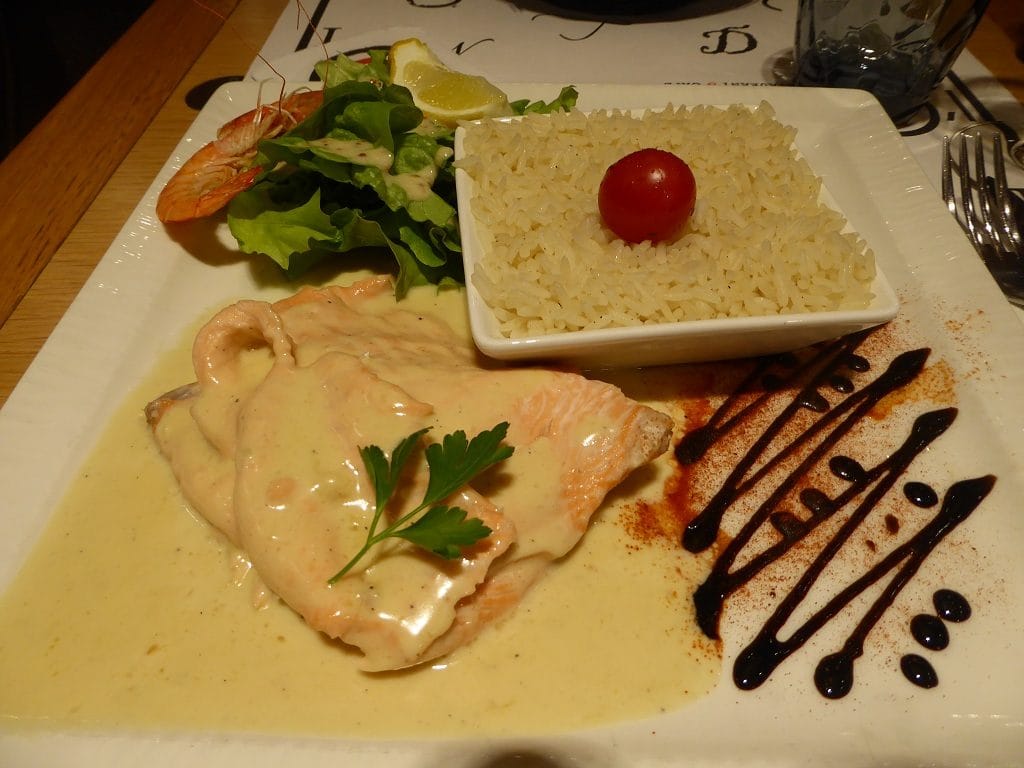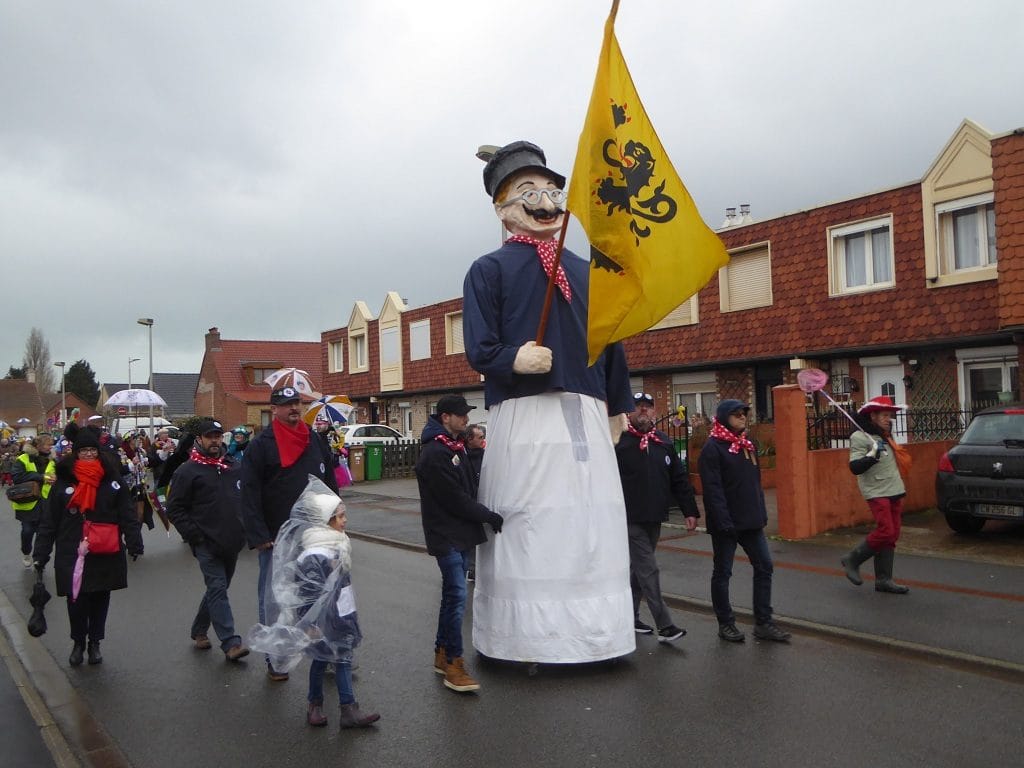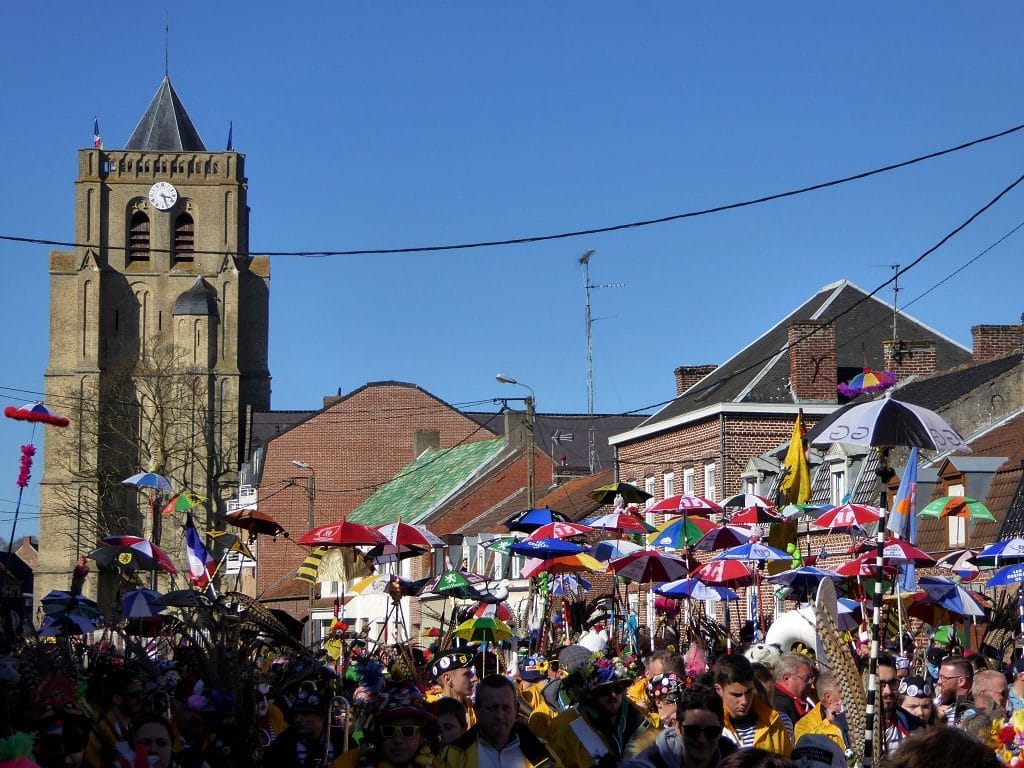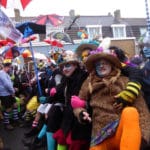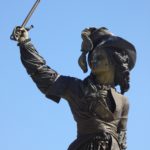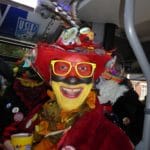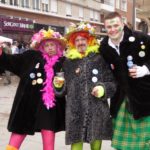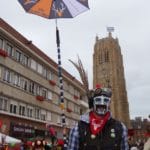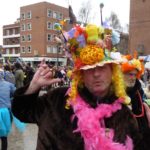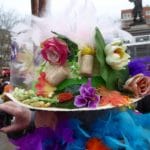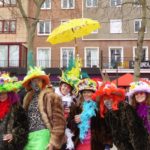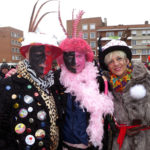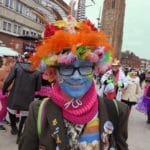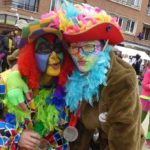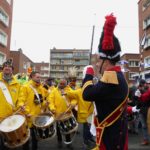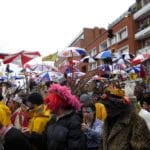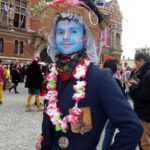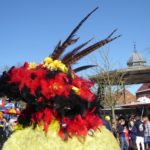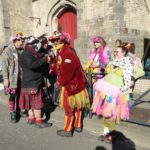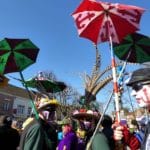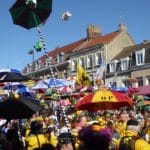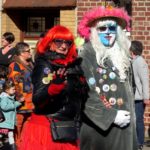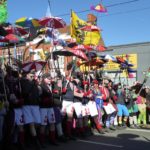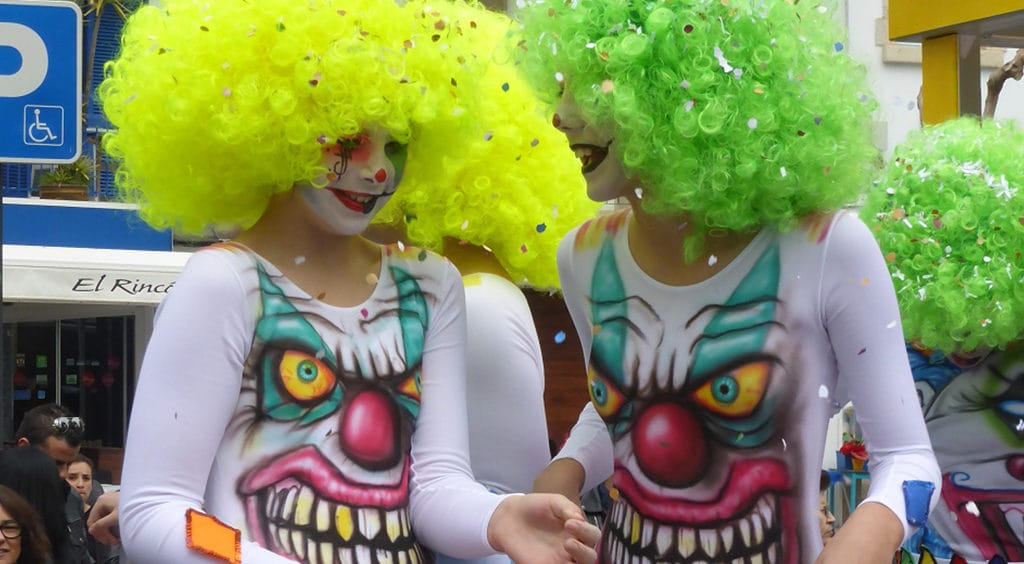Carnival of Dunkirk, Carnaval de Dunkerque
This is undoubtedly France's craziest carnival. Most men wear female clothing and extravagant hats with ostrich feathers, a very important accessory is an umbrella with an extra-long handle. The parade ends under the balcony of the City Hall, from which the mayor throws to the crowd 450 kilos of smoked herrings.
Dunkirk is a small town in the north of France, which entered history because of massive battles during World War II. The first time they took place in 1940 when the British Forces and Allied troops were cut off by the Germans and eventually had to be evacuated to England; the second time in 1944, when the Germans fortified in the city and furiously fought until 9 May 1945.
The country's third largest port is located only 10 kilometres from the Belgian border, opposite the English coast. It is an important industrial centre; there is not much history preserved - long-term bombing destroyed more than three quarters of buildings. The beach is lined with adorable Art Nouveau houses and cosy restaurants, but the sea is mostly cold; so the carnival has become one of the main attractions for tourists. It is said to be the craziest of the whole of France, and when I read what was going on there, it really seemed; although I wasn't able to understand everything. The information was mainly in French, some words were not in the dictionary and I understood them only on the spot.

